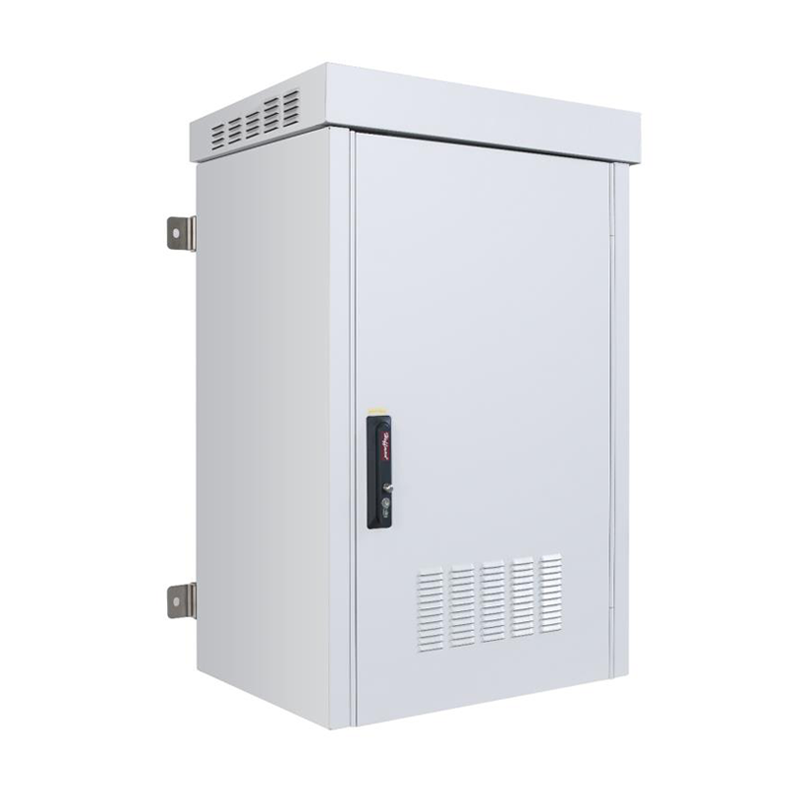DCIM – Integrating Facilities, IT, and Automate Management
Release time: 2025-05-23
In the era of accelerated digital transformation, data centers serve as the core computing hubs for enterprises, with their complexity and management challenges growing exponentially. Data Center Infrastructure Management (DCIM) emerges as a solution, integrating facilities management, IT management, and automation technologies to create an intelligent management system covering the entire lifecycle of data centers.
Comprehensive Coverage from Hardware to Data
DCIM manages all physical infrastructure in data centers, such as power distribution units (PDUs), uninterruptible power supplies (UPS), and precision air conditioners. Specifically:
- Infrastructure: Power supply and distribution systems, cooling systems, server racks, and cable management, which ensure the physical environment for stable device operation.
- Intelligent Management Tools: Software platforms integrate sensor data to enable real-time monitoring and analysis of device status, energy consumption, and space utilization.
This cross-domain integration breaks the traditional isolation between IT and facilities management. For example, by monitoring rack-level temperature and humidity data, it dynamically adjusts air conditioning strategies while correlating with server load distribution to avoid overheating in “hotspot” areas, optimizing both energy efficiency and performance.
Precision Management Drives Efficiency
DCIM addresses key pain points in data center resource planning, operational efficiency, security, and energy saving through refined management:
2.1 IT Resource Capacity Management
- Based on historical data and business growth forecasts, dynamically assess the supply and demand balance of power, space, and network bandwidth. For instance, analyzing server CPU utilization trends to predict expansion needs, preventing business disruptions due to resource shortages or asset idling from over-provisioning.
2.2 Asset Visibility and Lifecycle Management
- Leverage RFID tags, 3D modeling, and other technologies to track device location, configuration, and status in real time, enabling digital records from procurement to retirement. Maintenance personnel can access device warranty information and repair history via mobile terminals, significantly accelerating fault response.
2.3 Energy Efficiency Optimization and Cost Control
- Accurately measure energy consumption data for each device, identify high-power nodes, and optimize operation strategies. Industry data shows DCIM can reduce data center energy costs by 15%-20%. For example, “hot-cold aisle containment” and dynamic fan speed control can lower the Power Usage Effectiveness (PUE) from 2.0 to below 1.3.
Transforming Data Center Operations
DCIM applications span the entire data center lifecycle—planning, construction, and operation—with value manifested in:
- Management Tool Integration: Replacing traditional isolated monitoring systems (e.g., separate environmental monitoring and asset management software), a unified platform reduces redundant subscription costs and avoids decision-making delays caused by data silos.
- Data-Driven Decision Making: Providing real-time, actionable insights. For example, analyzing cooling system operation curves to predict water pump failure risks in advance, shifting from reactive to proactive maintenance.
- Automation and Standardization: Enabling automatic work order dispatch and batch execution of strategies (e.g., mass server restarts), reducing human errors while establishing standardized procedures for device changes to ensure compliance.
- Future-Readiness: Capacity prediction models provide a scientific basis for data center upgrades. For instance, AI algorithms forecasting computing needs over three years can guide rack layout and power expansion planning, preventing business innovation bottlenecks due to infrastructure lag.
From Efficiency Improvement to Strategic Empowerment
In finance, internet, and cloud computing industries, DCIM has become a key component of core competitiveness.
- Resource Utilization Enhancement: Server deployment cycles shortened from 72 hours to 2 hours, and rack space utilization increased from 60% to 85%.
- Accelerated Fault Response: Average network device fault resolution time reduced from 45 minutes to 10 minutes, with unplanned downtime decreasing by 90% annually.
- Green Transition Achievements: Annual power consumption reduced by 18%.

